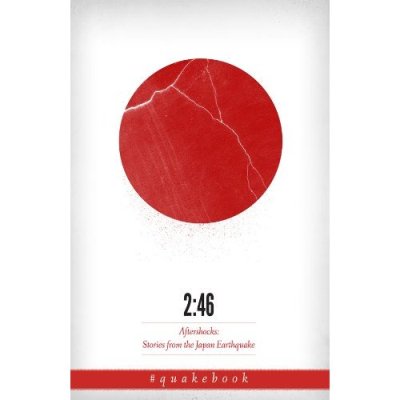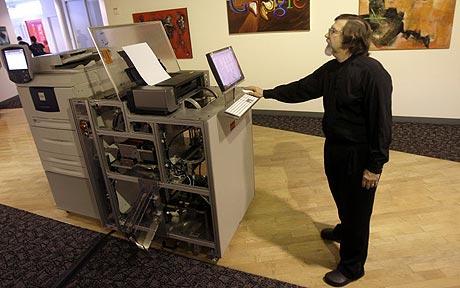The international workers’ day is a celebration of the struggle for the 8 hours work day. The corresponding Wikipedia article on the international workers’ day gives an excellent historical account of the events leading to its creation.
The concept of the international workers’ day is fundamentally an Industrial Age concept. It is the symbol of the struggle of the Unions against the Corporations. It is the symbol of the struggle of the manufacturing worker for better conditions – a struggle that was finally successful as available workers became scarce when the countryside got depleted of its population at the beginning of the 20th century.
Why would we continue to celebrate this outdated celebration?
Still the 8 hours workday was the beginning of something else. It was the beginning of the availability of time for one’s recreation, of the creation of the conditions of the collaborative surplus of humankind. The 8 hours workday, and later the paid leave, gave the opportunity to many more people to have free time. Most of this time got used to receive passively broadcasted material, but a few people started to use this time to contribute to the world.
And, with the Fourth Revolution, that has now become an epidemics.
Let’s celebrate the ‘international workers’ day’ as the ‘cognitive surplus day’!






